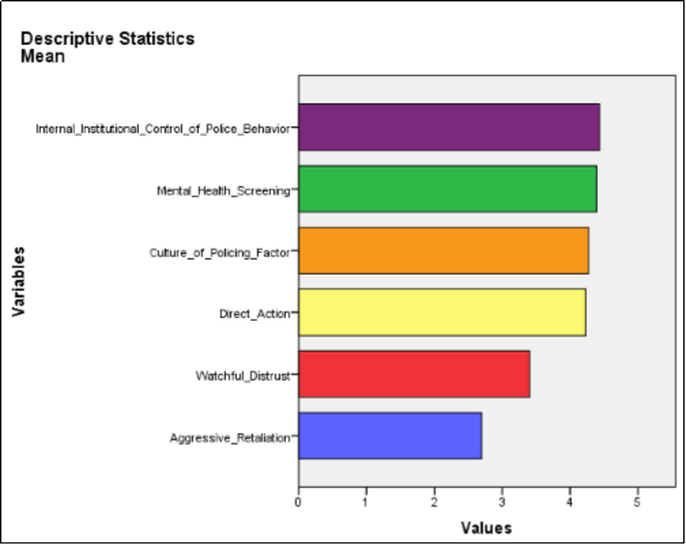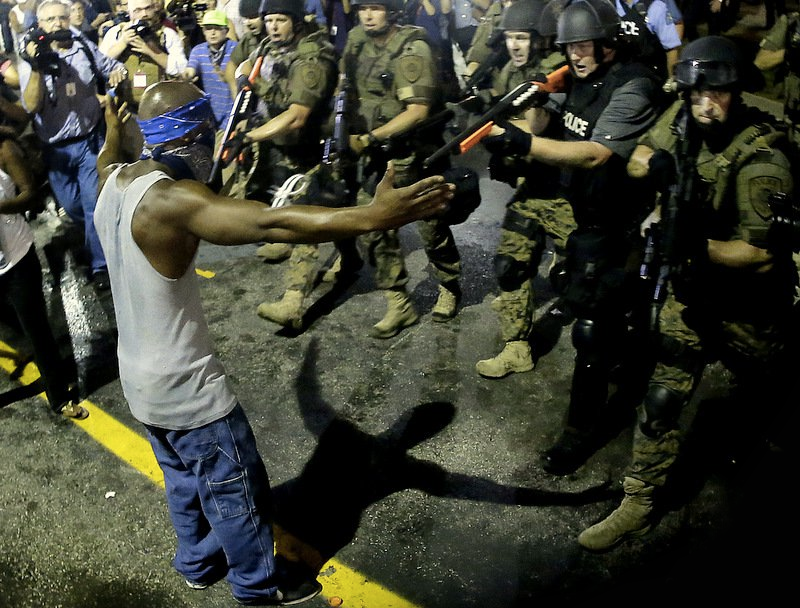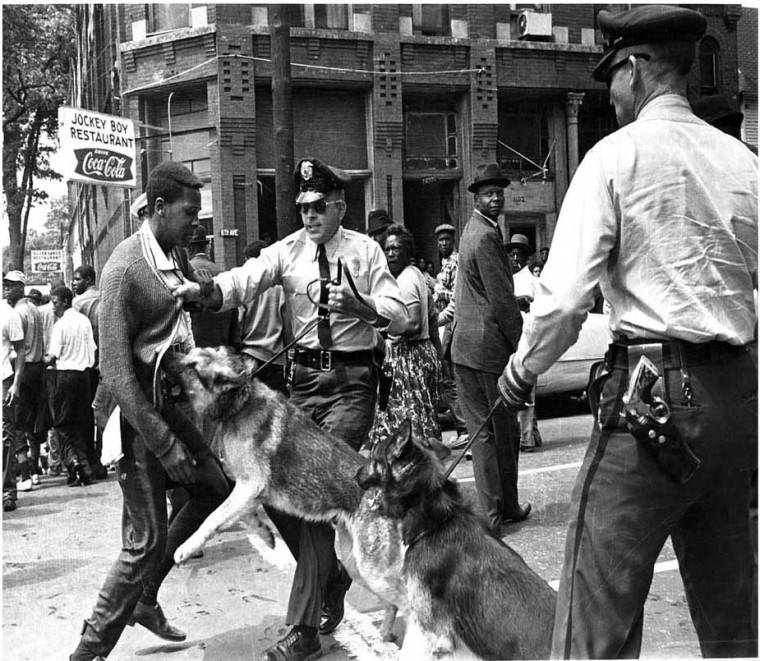African Americans Weigh In on Solutions to Police BrutalityJuly 1, 2015
Written by Serie McDougal What are some of the different ways that Black people think about solutions to police brutality? Over the last two months, Afrometrics surveyed African Americans online to determine how they envisioned solutions to the critical problem of police violence against Black communities. Several suggested responses to police brutality were gathered from policy think tanks and community organizations and placed into a questionnaire (Solutions to Police Violence Questionnaire). The questionnaire was distributed online through social-media platforms (Facebook, Twitter, and LinkedIn) and was completed by 78 African Americans. A Factor Analysis was conducted to determine what combination of variables accounted for the majority of the variance in people’s ideas about solutions to police use of excessive force. Factor Analysis is a statistical method used to discover simple patterns within the larger pattern of relationships among a given set of variables. A principal components factor analysis (used to bring out strong patterns in a dataset) was conducted on the items in the Solutions to Police Violence Questionnaire (SPVQ). The analysis produced 6 factors with eigenvalues over 1 (See Figure 1). Only the items with factor loading (that is, how much a factor explains a variable) over .3 were retained for interpretation. After the factor analysis was conducted, we analyzed the relationship between participants’ endorsement of different means of addressing police brutality based on sex, level of education, and whether or not they had experienced police brutality.
|
|
|


